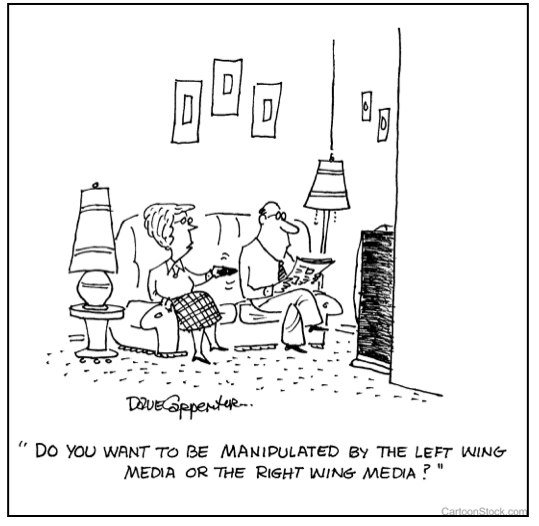 Gloria Gaither wrote a meaningful song titled, We Have This Moment. The chorus says,
Gloria Gaither wrote a meaningful song titled, We Have This Moment. The chorus says,
We have this moment to hold in our hands,
And to touch, as it slips through our fingers like sand.
Yesterday’s gone and tomorrow may never come.
But we have this moment today.
The song encourages us to savor the present, to delight in the moment. Reflect on past experiences and anticipate future ones, but let’s also maximize the present.
Not all moments are equal in character or significance. Most are mundane and monochromatic; but others have the capacity to engender joy, peace, solidarity, and a sense of the numinous. I call the latter—special moments.
Special moments add value to our lives and they can give us the strength to carry on.
I suggest that…
Some special moments can be anticipated
In October, I’m hosting a trip to Europe for 36 friends. We’ll visit London, Paris, Lisbon, Barcelona, Florence, and Rome. I have identified at least 20 special moments we will experience together, including:
- In London we’ll visit Westminster Abbey and reflect on the lives of some exceptional individuals who are buried there (Isaac Newton, Charles Dickens, Chaucer, David Livingston, Samuel Johnson, and others).
- In Rome we’ll walk into St. Peter’s Basilica (I think it’s the greatest building on earth; finished in 1616, it occupies 5.7 acres under roof and holds 60,000 people), and we’ll tour the Roman Coliseum.
- In Florence we’ll gaze at Michelangelo’s statue of David.
Before we experience these momentous moments, I’m going to ask the group to pause and sing Gaither’s chorus. Hopefully it will alert us to the potential of what we’ll soon experience.
Special moments also happen serendipitously
I’m planting a small vineyard in east Texas. Several weeks ago my daughter and I spent the night in the vineyard. Not at the vineyard, but in the vineyard. We laid down a blanket between rows six and seven and slept under the stars. I had not anticipated what a remarkable moment it would be, but it was memorable.
Special moments can be created
My immediate family all live in Dallas so we’re able to have family dinners on a regular basis. They are special moments. At one such dinner, each person brought three random ingredients (an onion, pineapple, spinach, mussels, etc.), we divided up into teams of two, each team chose, one at a time, an ingredient until they were all gone, and then each team had to cook a dish using all their ingredients—without recipes.
I have fond memories of that evening.
We need to recognize special moments
In a banal setting and at an inconvenient time, would people pause to observe transcendent beauty?
That was the question the Washington Post sought to answer when it commissioned Joshua Bell, one of the foremost violin players of our generation, to play in a Washington subway station during morning rush hour.
Dressed in a nondescript manner—jeans, T-shirt, and baseball cap—Bell opened up his case, took out his violin—called the Gibson ex Huberman, handcrafted in 1713 by Antonio Stradivari—and began to play magnificent music. He started with “Chaconne” from Bach’s Partita No. 2 in D Minor. Some have called it the greatest piece of music ever written; others consider it one of the greatest achievements of any human, ever.
For 45 minutes, one of the greatest musicians alive, playing one of the greatest instruments ever made, played some of the greatest music ever written.
Did anyone stop to listen?
It was all recorded on camera. Eleven hundred people walked by; seven stopped to listen; twenty-seven threw money into the open case for a total of $32.
The night before, Bell had sold out Boston’s Symphony Hall where the cheapest seat goes for $100. He regularly earns $1,000 per minute for concerts.
I think memorable moments happen around us all the time; we just don’t recognize them or take the time to appreciate and bask in them.
Special moments should be savored
In her book, Peace Is Every Step, Thich Nhat Hanh tells a story about being a child and taking half an hour, sometimes 45 minutes, to finish a cookie that his mother bought him. “I would take a small bite and look up at the sky. Then I would touch the dog with my feet and take another small bite. I just enjoyed being there, with the sky, the earth, the bamboo thickets, the cat, the dog, the flowers.”
When was the last time you took time to savor a special moment? Well that’s too long.
[reminder]What are your thoughts about this essay?[/reminder]
 My granddaughter, Marin, recently graduated from high school. At her commencement I heard the following story. I’m not sure what to think of it. What do you think?
My granddaughter, Marin, recently graduated from high school. At her commencement I heard the following story. I’m not sure what to think of it. What do you think? 
 Recently, I sent some of my saliva to 23andme, a company that does DNA testing.
Recently, I sent some of my saliva to 23andme, a company that does DNA testing. Twenty years ago we had Johnny Cash, Bob Hope and Steve Jobs. Now we have no Cash, no Hope and no Jobs. Please don’t let Kevin Bacon die!
Twenty years ago we had Johnny Cash, Bob Hope and Steve Jobs. Now we have no Cash, no Hope and no Jobs. Please don’t let Kevin Bacon die! Gloria Gaither wrote a meaningful song titled, We Have This Moment. The chorus says,
Gloria Gaither wrote a meaningful song titled, We Have This Moment. The chorus says,